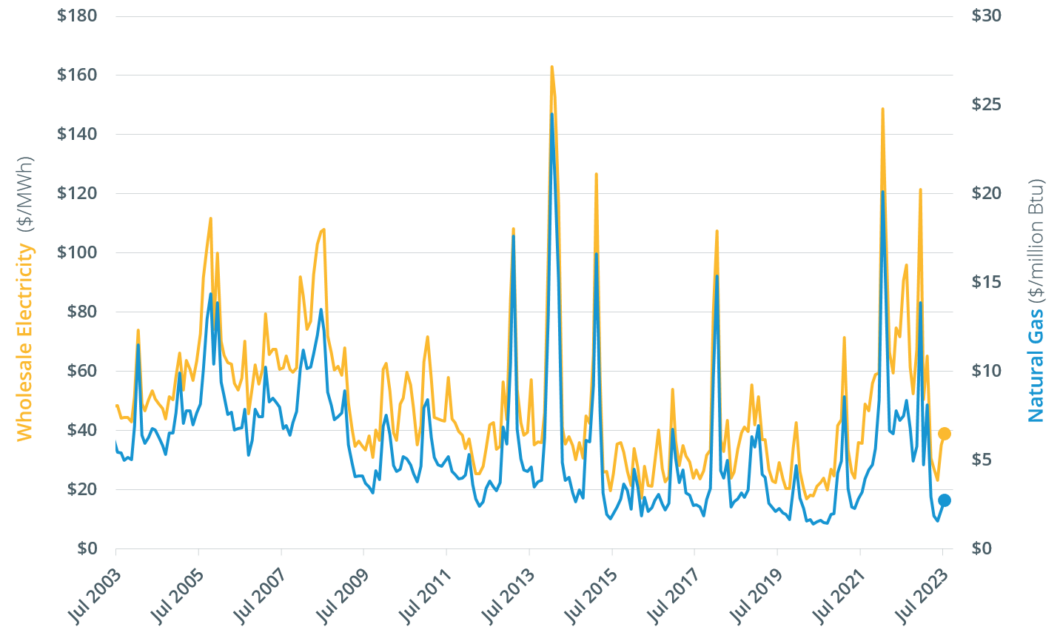U.S. households that rely primarily on heating oil for heating will spend more this winter on heating compared to last winter, according to a federal projection.
The U.S. Energy Information Administration's 2023 Winter Fuels Outlook supplement to its October 2023 Short-Term Energy Outlook includes heating data, projections, and analysis. Based on NOAA data and a 30-year weather trend, EIA projects that this winter will be colder than last winter, driving an increase in demand for heating fuels and energy.
For households that heat primarily with heating oil, most of which are located in the Northeast, EIA projects a 40-gallon increase in oil consumption per household relative to last winter. Even accounting for a small projected decrease in oil pricing, EIA expects expenditures for these households to increase by 8 percent year-over-year.
Notably, only 4 percent of U.S. households heat primarily with oil. By contrast, in 2022 over 60 percent of Maine households relied primarily on oil for heating, according to the Governor's Energy Office.
To reduce Maine's reliance on oil, the state legislature, Governor Janet Mills, and various agencies have adopted policies favoring the deployment of heat pumps powered by electricity. Earlier this year, Maine surpassed the state's targeted level of 100,000 heat pump installations, and established increased goals for beneficial electrification of the state's heating systems. Incentives available depend on the circumstances of each deployment, but generally can include rebates and grants as well as tax credits.








